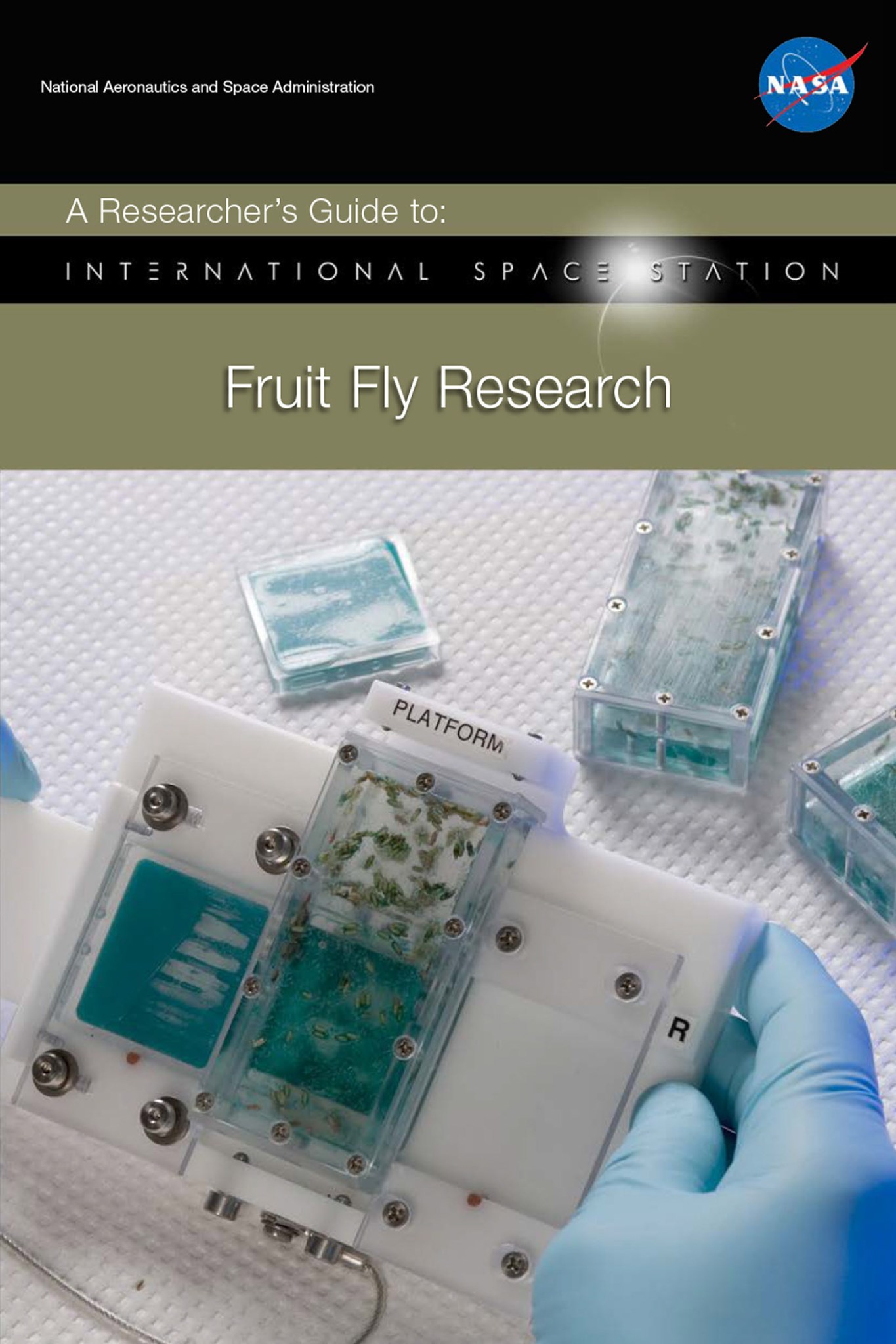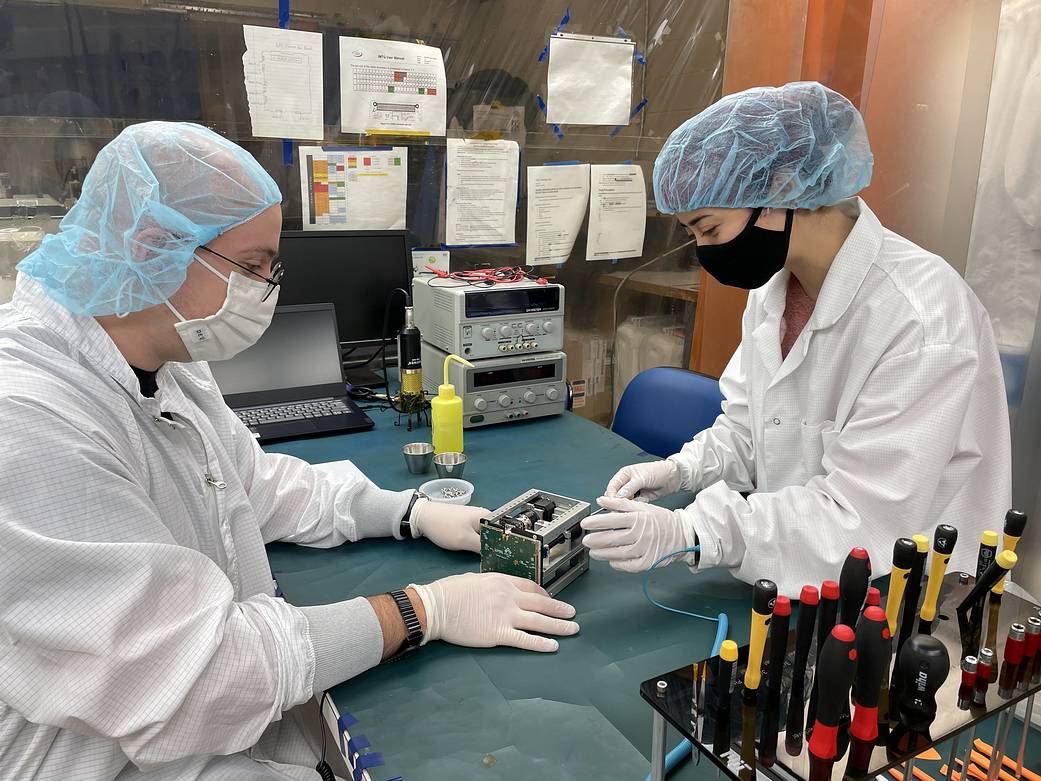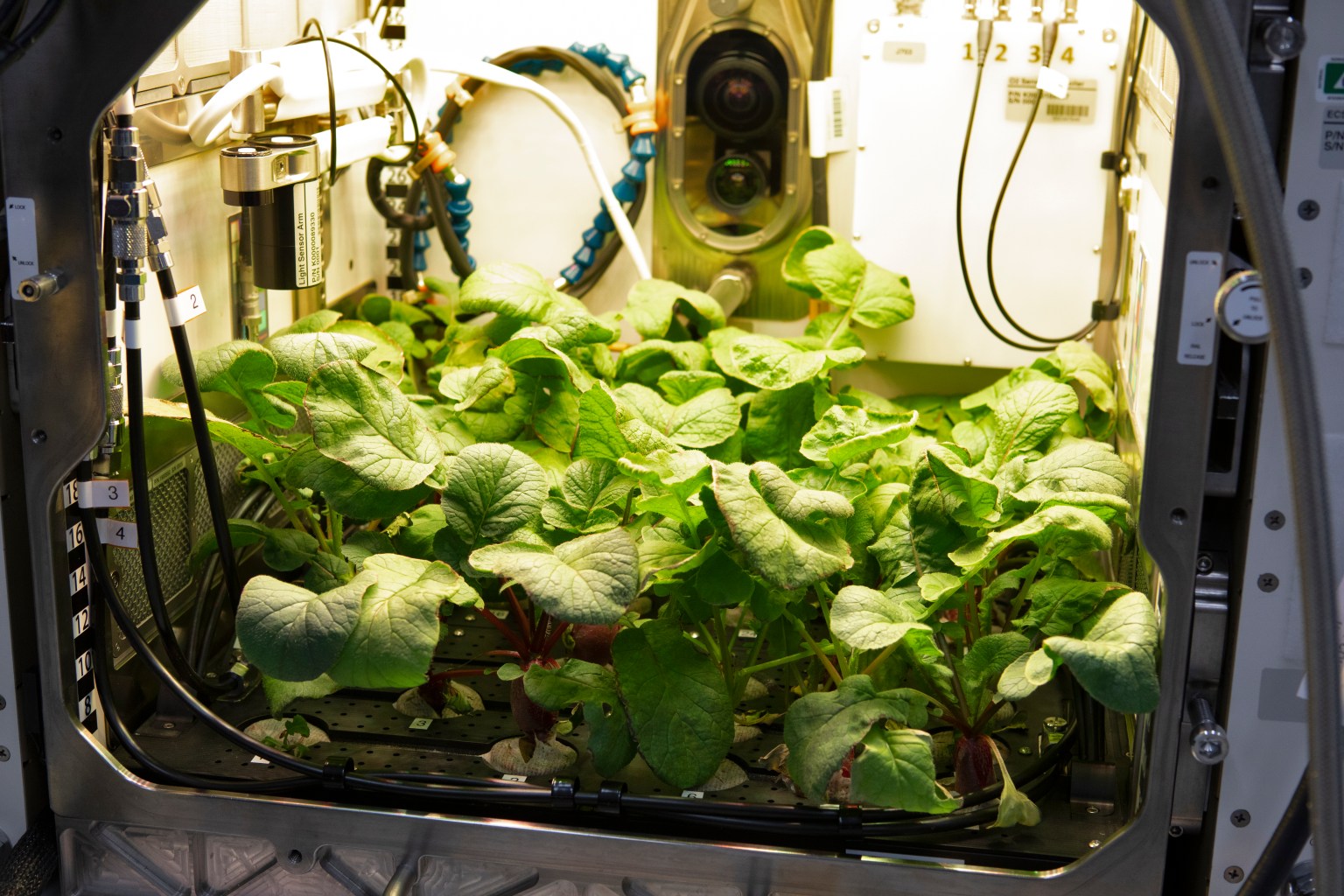June 2016 Edition
By Richard Mains & Sharon Reynolds, KBRwyle/Mains Associates, Berkeley, CA
Matthew Lera, Logyx LLC/KBRwyle, NASA ARC, Moffett Field, CA
Lance Ellingson, KBRwyle, NASA ARC, Moffett Field, CA
For decades, researchers have used the fruit fly Drosophila to probe the combined effects of microgravity and other conditions of spaceflight with exposure to ionizing radiation. Drosophila melanogaster provides a well-characterized model organism that is both genetically complex and relatively modest in its habitat and life support requirements. Microgravity exposure, a unique biological challenge, has unmasked genetic and molecular mechanisms in biological systems from cells to complex organisms.
Many fundamental biological processes, such as embryonic development, skeletal and cardiac muscle function, nervous system function and circadian rhythms, are similar when compared with higher organisms. This similarity makes results from Drosophila research highly relevant to more complex systems. Studying Drosophila in space has the potential to provide insight into normal biological processes on Earth.
This Researcher’s Guide provides an overview of fruit fly research, including past research, facility selection, lessons learned, opportunities for future research and information on experiment development and funding opportunities.
All eBook readers: EPUB [2.8 MB]
PDF readers: PDF [1.3 MB]





























